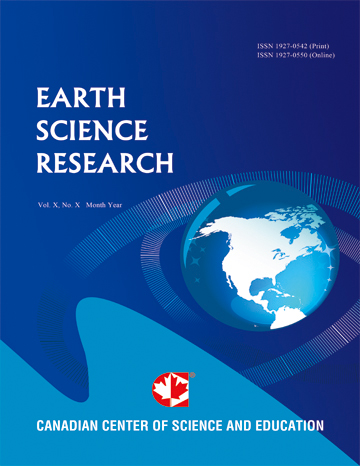Mapping of Flood Zones in Urban Areas through a Hydro-climatic Approach: the Case of the City of Abha
- Allaoua Ansar
- Azaiez Naima
Abstract
Flooding is a natural phenomenon of the hydrological cycle, but it has become an urban concern in many cities around the world. Due to human intervention on the functioning of hydrosystems through infrastructure, the channelling of watercourses, the redirection of the flow and the inevitable extension of the urban landscape, floods have become a growing urban hazard. Several cities are currently facing very frequent flash floods. These floods are of various types and several factors are at the origin of their manifestation, which leaves its understanding and prevention for local stakeholders a long-term process that requires a colossal amount of work among several multidisciplinary researchers. Without denying the scientific consensus on the role of climate change, currently floods are largely caused by the senseless and irresponsible behaviour of humans. Among the cities in Saudi Arabia facing the risk of flooding is the city of Abha located in the southwest of the country, the focus of this research. It is subject to recurrent and devastating floods caused by several factors. Controversial topography, dissected orography, aggressive rainfall, accelerated and unregulated urban growth, and irresponsible human intervention are all factors that aggravate this problem. The resolution of this problem, or at least the minimization of its consequences, requires a rigorous and carefully studied approach. The appropriate knowledge by local stakeholders must be reinforced by a methodological and cartographic assessment of this phenomenon in order to mitigate its consequences. The main objective of this work is to make cartographic and methodological contributions to acquire additional knowledge on the flood hazard in the city of Abha through a statistical processing of rainfall data for the period 1978-2018, a mapping of the factors intervening on the runoff and its various behaviors and finally a synthetic analysis.
 PDF
PDF
